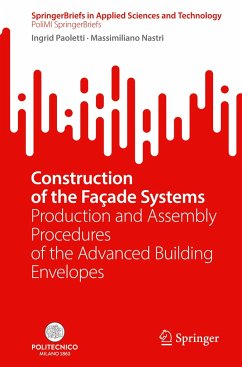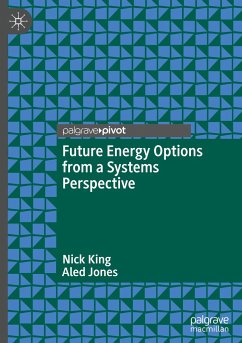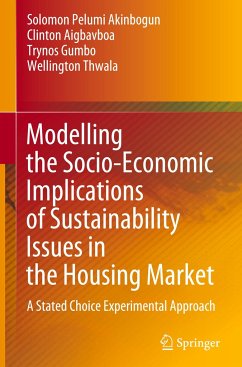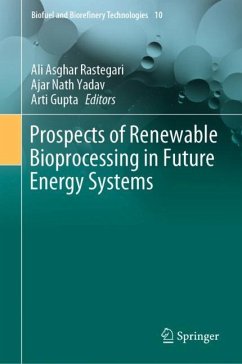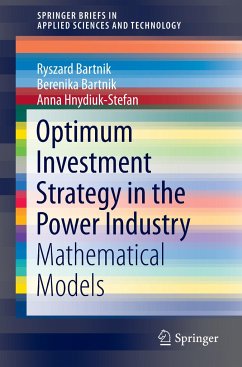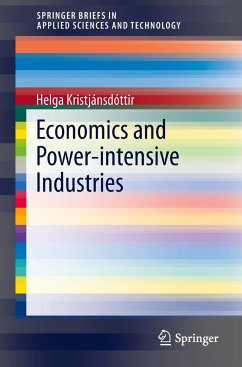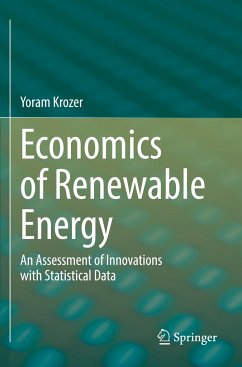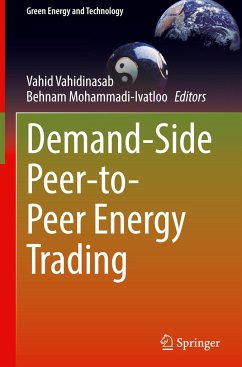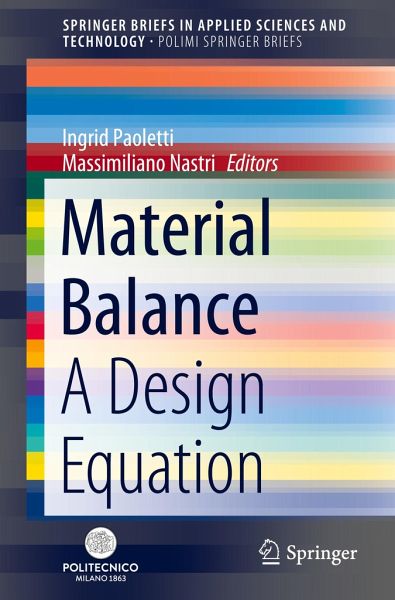
Material Balance
A Design Equation
Herausgegeben: Paoletti, Ingrid; Nastri, Massimiliano

PAYBACK Punkte
19 °P sammeln!
This book argues that we are living in an era of deep mutation, and the anthropocentric model no longer fits our way of living and behaving on Earth. Climate change is upsetting our relationship with nature and the environment, while artificial intelligence scenarios undermine the foundations of human life. As the pressure to re-align based on new modes of living and consuming increases, the first priority should be to address the way we imagine, design, produce and construct our built environment.The highly original book explores how the relation between design technology and material culture...
This book argues that we are living in an era of deep mutation, and the anthropocentric model no longer fits our way of living and behaving on Earth. Climate change is upsetting our relationship with nature and the environment, while artificial intelligence scenarios undermine the foundations of human life. As the pressure to re-align based on new modes of living and consuming increases, the first priority should be to address the way we imagine, design, produce and construct our built environment.
The highly original book explores how the relation between design technology and material cultures can underpin and drive this change. It discusses the need for a new "material balance" to develop our design practice, not only from an energy and environmental perspective, but also from a physiological, cultural and semantic one, in order to re-balance the impact of material design on society.
This publication is an excellent guide to understanding in detail the theoreticalframing of several crucial topics in material balance design, from computational knitting to material agency, and from new acoustic ecology to future façade technologies, bio-based design and ultimately non-anthropocentric habitats, offering insights into preferable future scenarios.
The highly original book explores how the relation between design technology and material cultures can underpin and drive this change. It discusses the need for a new "material balance" to develop our design practice, not only from an energy and environmental perspective, but also from a physiological, cultural and semantic one, in order to re-balance the impact of material design on society.
This publication is an excellent guide to understanding in detail the theoreticalframing of several crucial topics in material balance design, from computational knitting to material agency, and from new acoustic ecology to future façade technologies, bio-based design and ultimately non-anthropocentric habitats, offering insights into preferable future scenarios.





